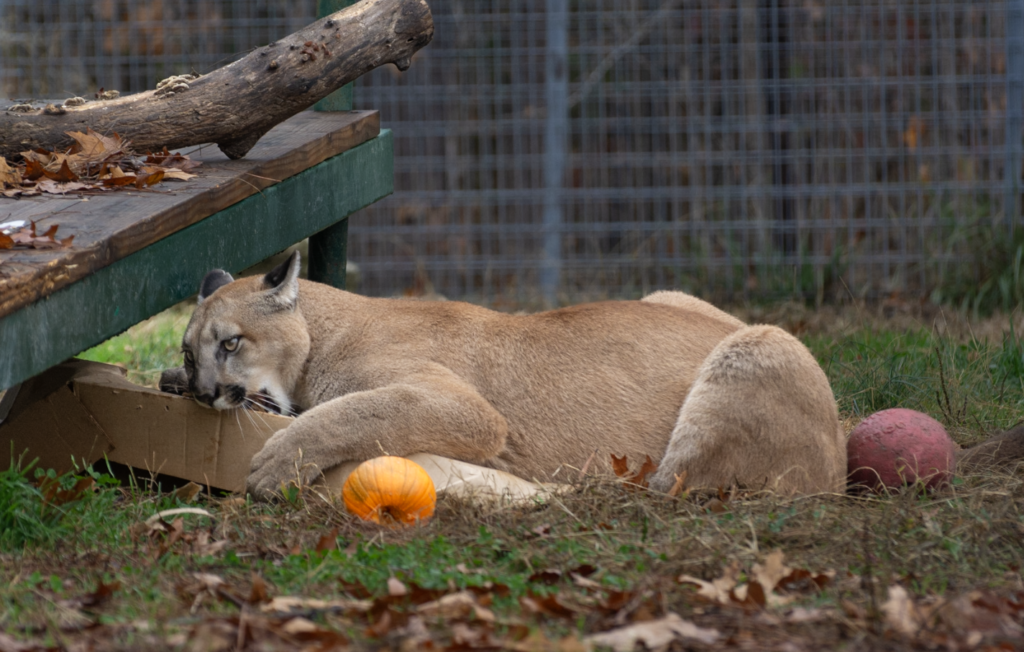
Last May 2024, Douglas County, Colorado residents were shocked to find a “staggering” cougar roaming the property. They reported that the cat was hobbling around on its hind legs, dragging the rest of its body on the ground. Multiple wildlife rehabilitation organizations were called; however, Colorado Parks and Wildlife responded. The cougar was in such poor medical condition that the wildlife officials decided to euthanize it humanely.
Following the event, the cougar’s body was sent off for an autopsy. Tissue test results later published in the CDC’s Emerging Infectious Diseases confirm that the mountain lion suffered from a fatal neurological disorder known as staggering disease caused by the rustrela virus. While this condition has been identified in European domestic cats and a few zoo animals over the past 50 years, this Colorado cougar marks the first confirmed case of staggering disease in wildlife or domestic animals in North America.
The disease, named for the stumbling gait it causes, affects felines by impairing their hind leg function and causing symptoms like difficulty retracting claws and increased affection in domestic cats. First identified in Sweden in 1974, the virus has since been found in other parts of northern Europe, including Austria and Germany. It has also been documented in zoo animals like lions, marsupials, an otter, and a donkey. Though most common in domestic cats, no official data exists on how many die from the disease.
It’s too soon to know if staggering disease will have major implications for wildlife in North America. So far, there have not been any other reported cases of the disease or an increase in cougar mortality across the country. Because cougars are native to the areas around the Refuge, we are closely monitoring the development of this new disease due to the possibility of it spreading to our native population.
Turpentine Creek has battled similar challenges with controlling the transmission of bobcat fever to the animals in our care. Similarly, this infectious disease is found in native bobcats. If a tick feeds on one of these infected bobcats and then feeds on a TCWR resident feline, the disease can be transferred to TCWR resident bobcats and other felines. During the summer months, we take great efforts to keep the grass low and to spray the habitats to deter ticks. You can help to support our daily effort to provide optimal welfare and veterinary care in a number of ways. To learn more, visit “support the animals” on our website and tune in this December 3rd for Giving Tuesday, where we’ll tell you how we plan to keep ahead of this increasing threat to our wild cat population.

